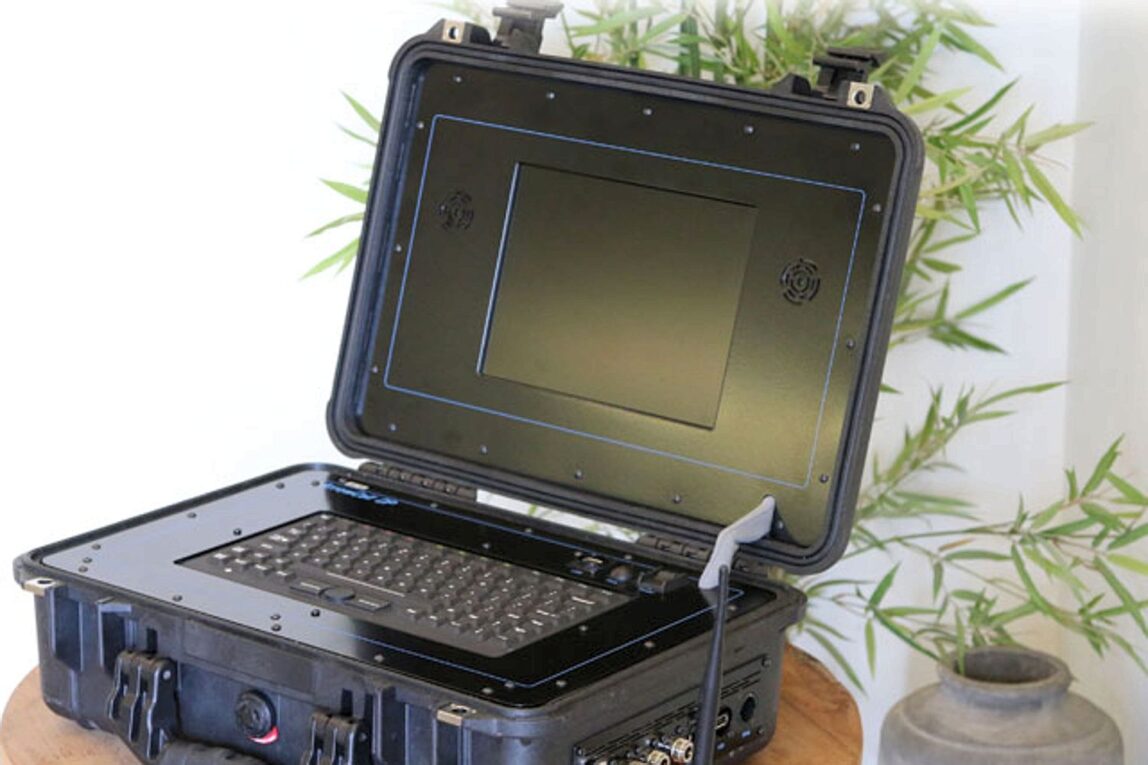Mobile networks have become an integral part of our daily lives. We rely on them to stay connected with friends and family, check e-mails and browse the internet on the go. But as our reliance on mobile networks grows, so does the risk to our privacy from sophisticated surveillance technology known as IMSI-catchers.
What is an IMSI-catcher?
An IMSI-catcher, also known as a stingray, is a surveillance device that mimics a legitimate cell phone tower to trick nearby mobile phones and other wireless communication devices into connecting to it and revealing identifying information like the device’s International Mobile Subscriber Identity (IMSI) number. IMSI numbers are used by mobile carriers to identify and authenticate subscriber identity and location.
Once a connection is established, an IMSI-catcher can intercept data transiting from the device including call logs, text messages, emails, contacts and in some cases even location data. This allows the operator of the IMSI-catcher to monitor communications and track the location of any device in its vicinity without the user’s knowledge or consent.
Widespread and covert use
IMSI Catcher were initially only deployed by intelligence and law enforcement agencies for targeted surveillance operations. However, their use has proliferated in recent years with many police departments and even some commercial companies now owning and operating them.
The widespread deployment and covert nature of IMSI-catchers has raised serious privacy concerns. Users have no way of knowing when and where an IMSI-catcher is active, making informed consent impossible. Even basic transparency around IMSI-catcher operations is lacking in many jurisdictions.
Vulnerabilities in mobile networks
IMSI-catchers are able to impersonate cell towers because mobile networks were not designed with authentication of network infrastructure in mind. Standards like 2G, 3G and pre-LTE 4G rely on base station broadcasts to advertise network details which can be spoofed.
Later 4G LTE networks introduced some authentication between devices and towers but IMSI-catchers still exploit vulnerabilities when devices hop onto older networks. Encryption of some communications helps but metadata like locations is still exposed. Mobile carriers are working on more robust authentication but full protection remains elusive.
Going forward, policymakers will need to consider mandating minimum security standards to restrict unauthorized surveillance in mobile networks and balance security with privacy and transparency.
Regulation and oversight lacking
In the United States, federal regulation and public oversight of IMSI-catcher use has lagged despite growing capabilities. Local police departments have been procuring IMSI-catchers with few restrictions on how and when they can be used. The lack of statutory definition has meant methods of authorization and use vary widely between jurisdictions.
In some European countries like Germany, stringent laws require a court order for IMSI-catcher deployment and details of operations are disclosed. But overall international standards are lacking. With cross-border mobile roaming common, the privacy of travelers is also at risk from less regulated regimes.
Public awareness is key
While IMSI-catchers provide governments and law agencies a powerful surveillance tool, unchecked use risks undermining core privacy principles. By monitoring mobile data en masse, IMSI-catchers have a potential for mission-creep and function as a “backdoor” to bypass traditional wiretap laws.
Increased public awareness and transparency around policies are needed to ensure proper limitations and oversight balance security needs with civil liberties. Citizens also need better technical knowledge to make informed choices and policymakers more vigilant against vulnerabilities that undermine individual privacy in the digital era. As mobile networks become ever more pervasive in our lives, protecting their security and our data on them is vital.
As wireless surveillance technology advances, stronger safeguards are needed to protect individual privacy and ensure public trust in mobile networks. Laws must define clear limits on covert policing methods like IMSI-catchers. Equally, mobile network security protocols require enhancement to prevent unauthorized data access. With coordination between policymakers, industry, and civil liberty experts, the threats posed by IMSI-catchers and future mobile vulnerabilities can be addressed while still enabling important surveillance for public safety. An informed public debate is key to tackling these complex issues in a balanced way.
*Note:
1. Source: Coherent Market Insights, Public sources, Desk research
2. We have leveraged AI tools to mine information and compile it

